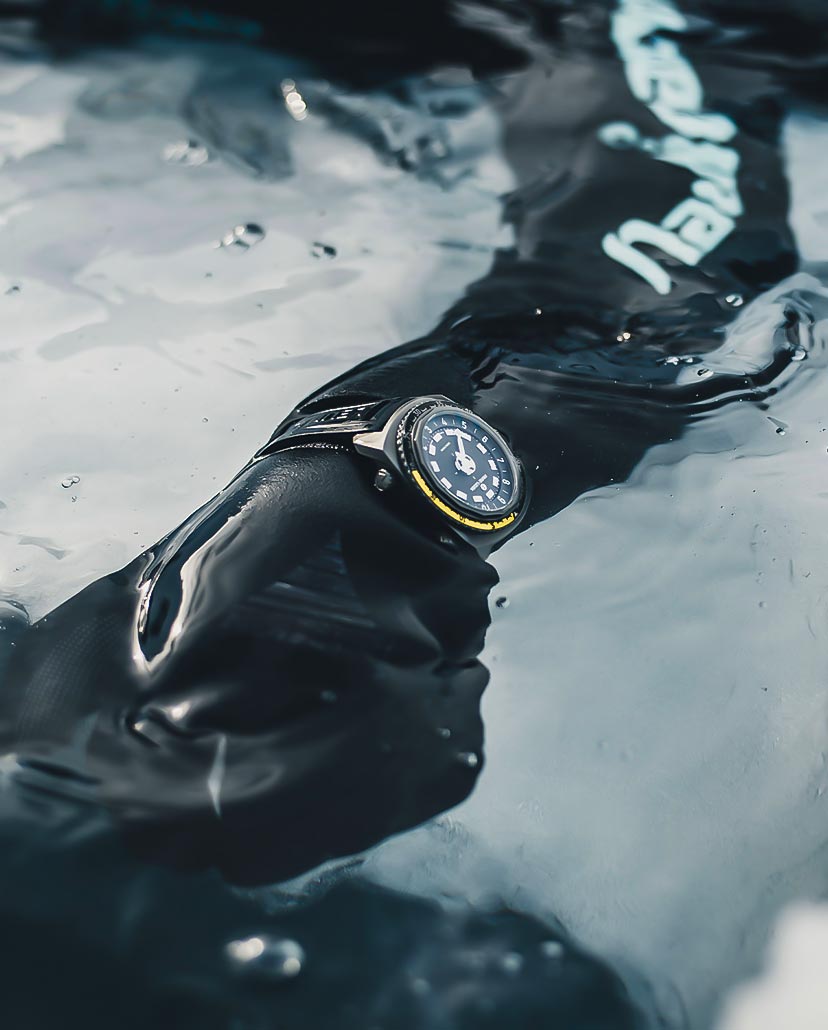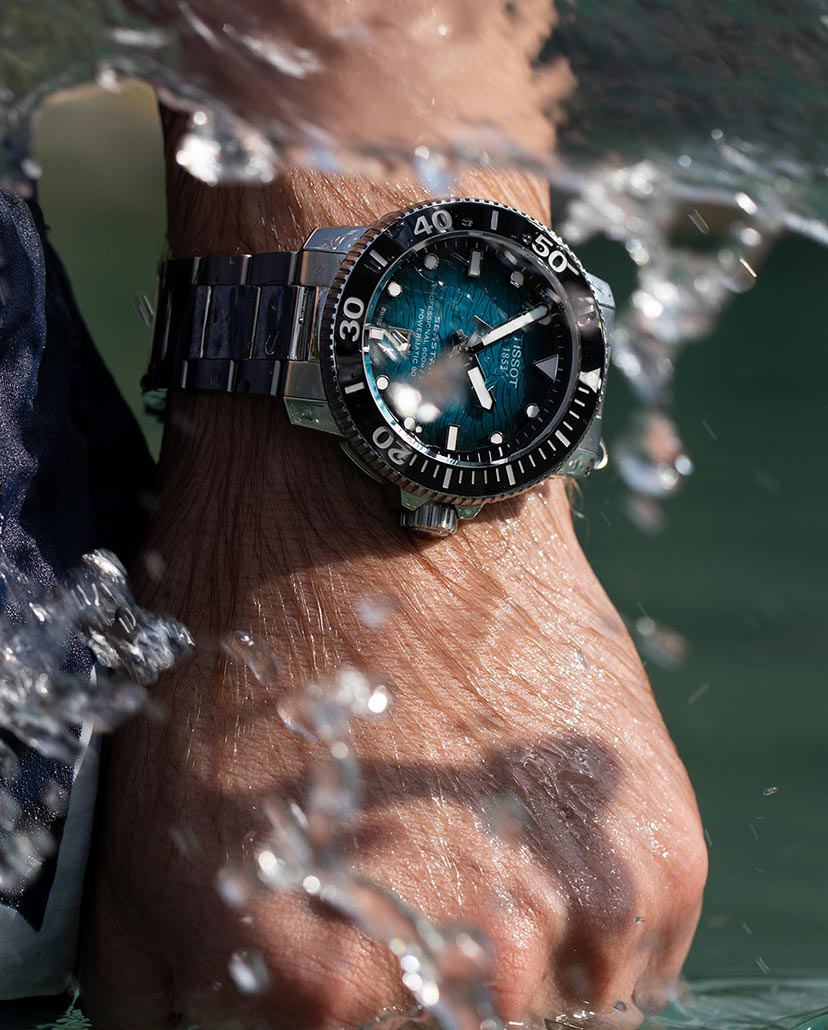Round-UpThe Dive Watch Guide Part Two: Navigating Your Way To The Perfect Timepiece
Dive deeper into the world of dive watches as we present part two of our guide, offering insights on how to choose the ideal timepiece for your aquatic adventures
May We Recommend
Guidelines for Choosing the Right Dive Watch
In the previous instalment of our ‘dive watch guide,’ we navigated through the origins of dive watches, exploring their evolution and the pivotal role they’ve played in oceanic adventures. From understanding their historical significance to acknowledging their contribution to deep-sea exploration, we’ve covered quite the ground. In part two, we’ll shift our focus to the present, guiding you on your journey to find the ideal dive watch. We’ll break down the essential guidelines for selection, factors ranging from your budget to the prestige of a brand, and of course, the significance of that ISO 6425 certification we touched upon earlier. Plus, we’ll delve into the nitty-gritty details of durability, discussing the materials that make up these resilient timepieces. Let’s dive deeper.
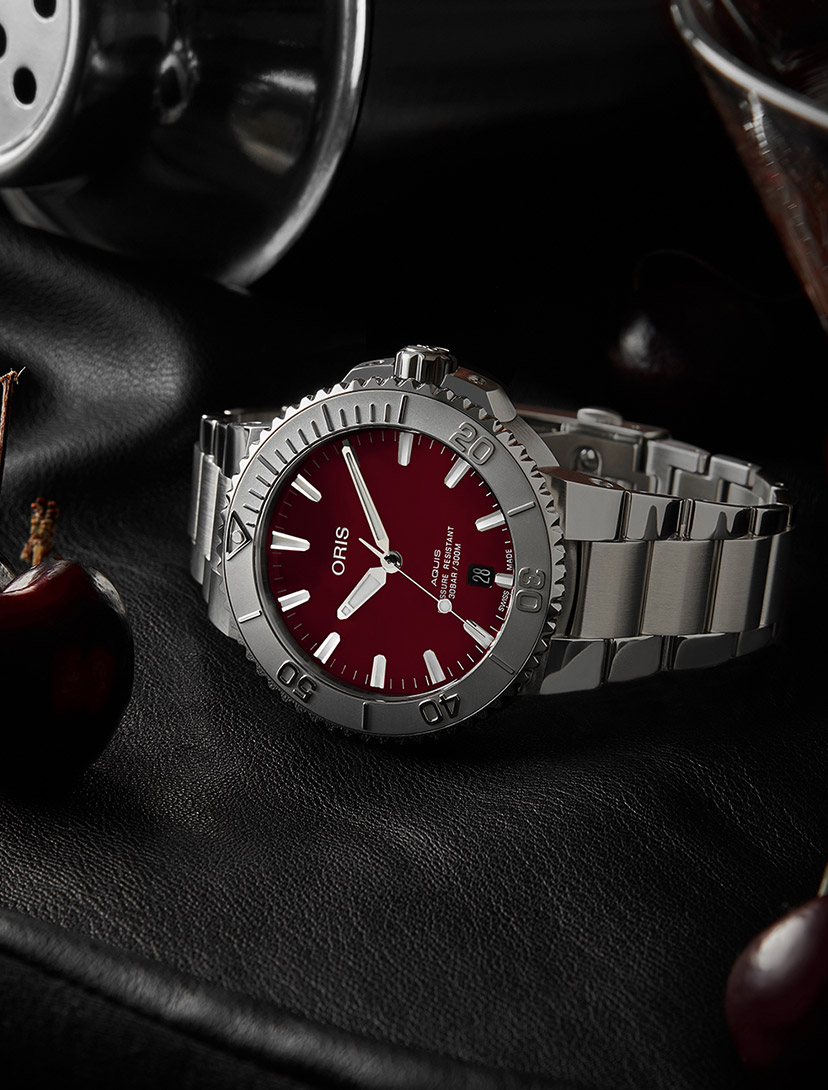
Understanding Your Purpose
When embarking on the journey to select a dive watch, it’s vital to start by defining your purpose. Why are you interested in acquiring one? Dive watches cater to a broad spectrum of needs. If you’re a professional diver, the demands you place on a watch will differ vastly from someone who simply enjoys occasional snorkelling or someone who is simply captivated by the aesthetic appeal of dive watches. By determining the purpose—be it professional diving, recreational activities, or purely for the style quotient—you can gauge the depth of your dives and the kind of underwater conditions you might face. This clarity helps streamline the subsequent choices you’ll make.
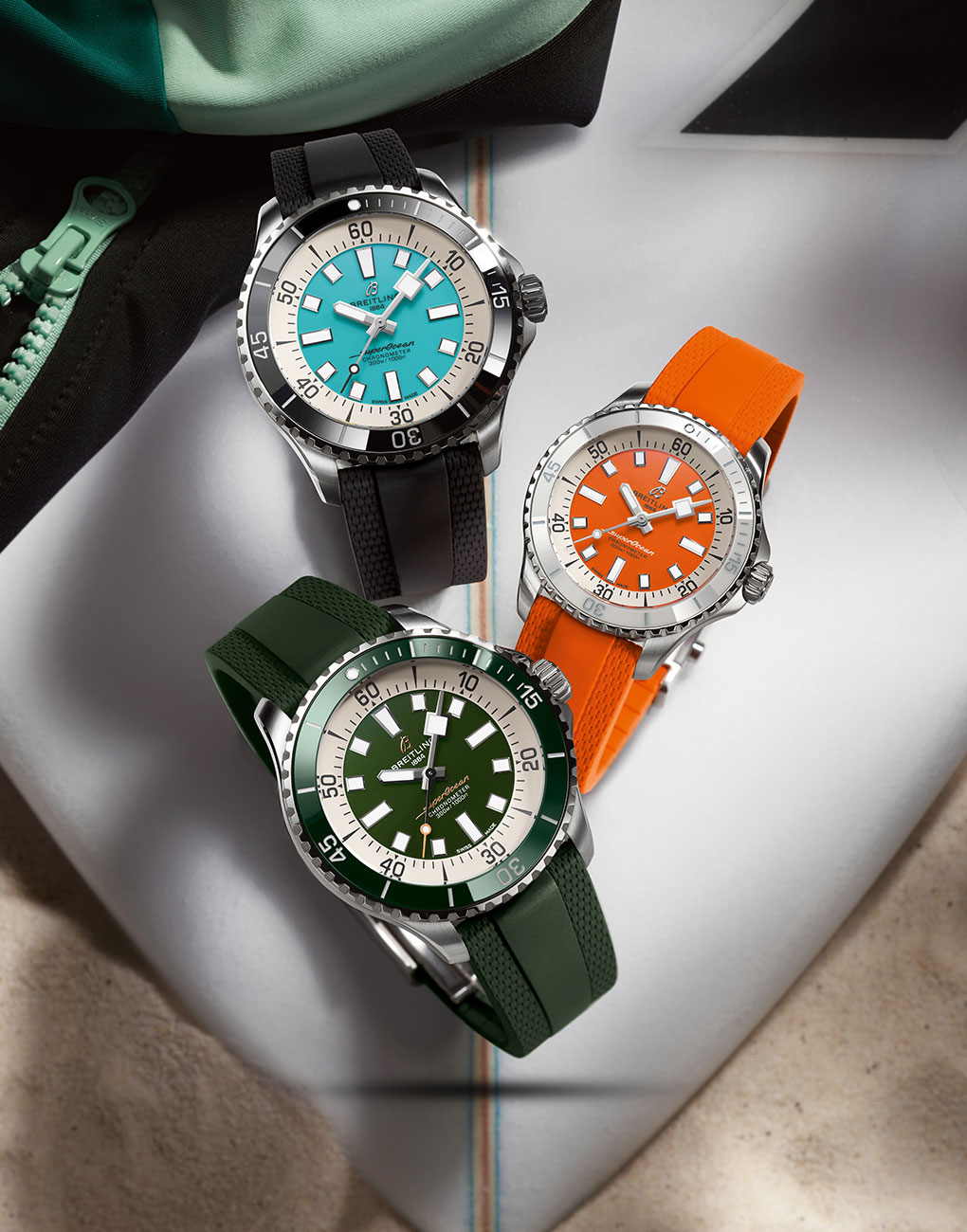
The Essential Features
Moving beyond the primary function of timekeeping, dive watches come packed with a plethora of features tailored to varied requirements. Some divers might require advanced features like a depth gauge to keep track of their descent. Others might prioritise a helium escape valve, especially if they indulge in saturation diving. Then there are features like no-decompression dive calculation which can be of paramount importance to certain diving enthusiasts. The list of features can be exhaustive, so it’s essential to not get overwhelmed. Instead, consider your diving habits, understand the environments you’ll frequent, and decide on the features that align with your needs.
Striking A Balance: Aesthetics Versus Functionality
Dive watches, apart from being robust tools, are also a statement of style and personality. They often marry functionality with aesthetics in a unique blend. Some dive watches exude a rugged charm, while others lean into elegance. The colour, design, and style can play a significant role in the decision-making process, especially for those who plan to make their dive watch a regular fixture on their wrist, both underwater and at formal events.

Factors To Consider: From Budget To Brand Prestige
Dive watches, like any crafted tool, come in a vast array of price ranges. From budget-friendly workhorses that get the job done to luxurious high-end timepieces that radiate elegance and prestige, there’s something for every wallet. However, it’s prudent to establish your budget early on. While there are several commendable dive watches at a lower price point, aspiring for more advanced features, brand heritage, or exceptional craftsmanship might nudge the price upwards. Balancing your needs and wants with your budget can help ensure that your investment is both satisfying and financially sensible.
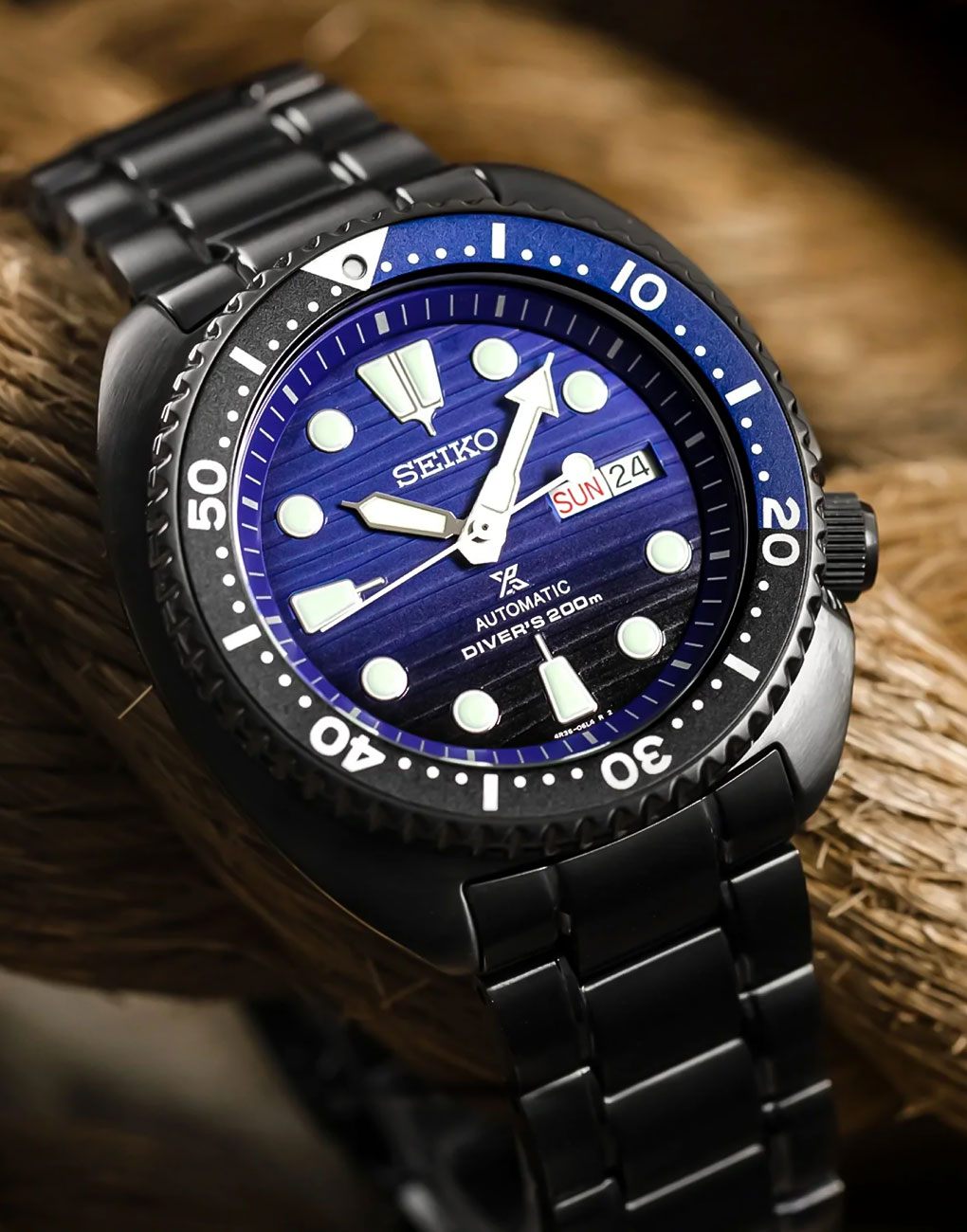
Dive watches from famous brands such as Rolex or Omega are more than just timepieces; they represent a legacy. Buying one means you’re investing in quality and history. This isn’t just about showing off a brand name; it’s about the reliability and top-notch performance and service these brands promise. Also, if you ever think of selling your watch, renowned brands often hold or even increase in value over time. So, while you enjoy the watch’s features, it might also be a good investment for the future.
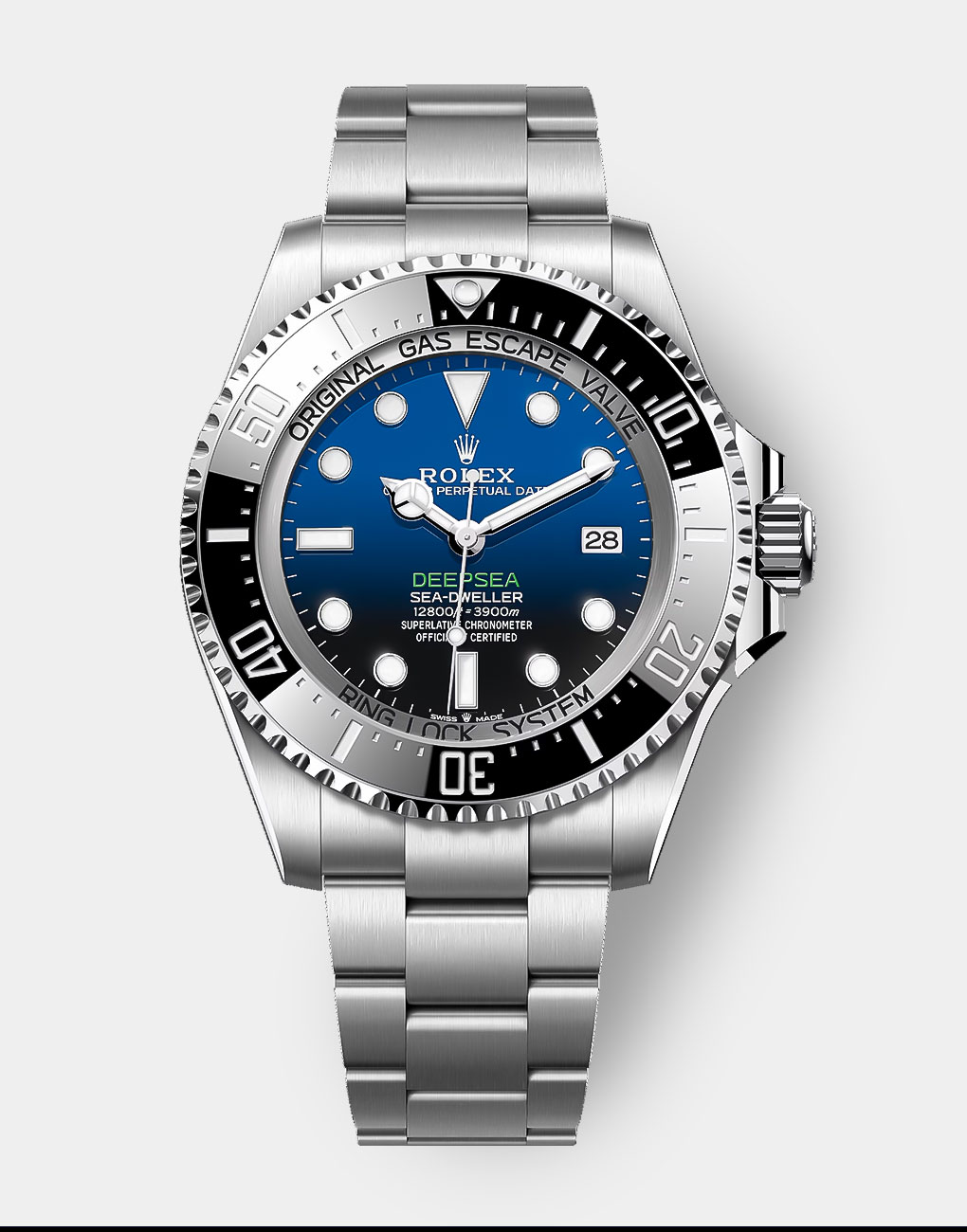
The Importance Of ISO 6425 Certification
ISO 6425 is an international standard tailored for dive watches, ensuring they’re more than just water-resistant timepieces. To earn this label, a watch undergoes meticulous testing to withstand at least 100m underwater, resist potential shocks, fend off harmful magnetic fields, and possess a system—usually a rotating bezel—to monitor dive times. Beyond just technicalities, it gives divers a certain peace of mind. When you see an ISO 6425-certified watch, it guarantees that it meets specific criteria for water resistance, legibility, shock resistance, magnetic resistance, and other functionalities that are crucial for underwater adventures. While the official certification might seem superfluous to some, the underlying standards are undeniably robust, ensuring that a watch built to ISO 6425 specifications is apt for diving.
Case Material And Glass Type: Diving Into Durability
The heart of a dive watch might be its movement, but its armour is undeniably the case. Designed to withstand the relentless pressure and corrosive properties of seawater, the choice of material is pivotal. Commonly, stainless steel reigns supreme among dive watches. Appreciated for its robust nature and resistance to rust, stainless steel combines strength with affordability, making it a top pick for many divers. For those seeking an upgrade in terms of lightness in weight, and corrosion resistance, titanium emerges as a champion. While offering all the benefits of stainless steel, titanium boasts a lighter touch and increased resistance to seawater’s corrosive elements. However, this comes at a premium price. Meanwhile, the realm of luxury and innovation brings forth materials like ceramics and carbon composites. These materials, often found in high-end dive watches, offer not just resilience but also a unique aesthetic appeal, setting them apart in both function and form.
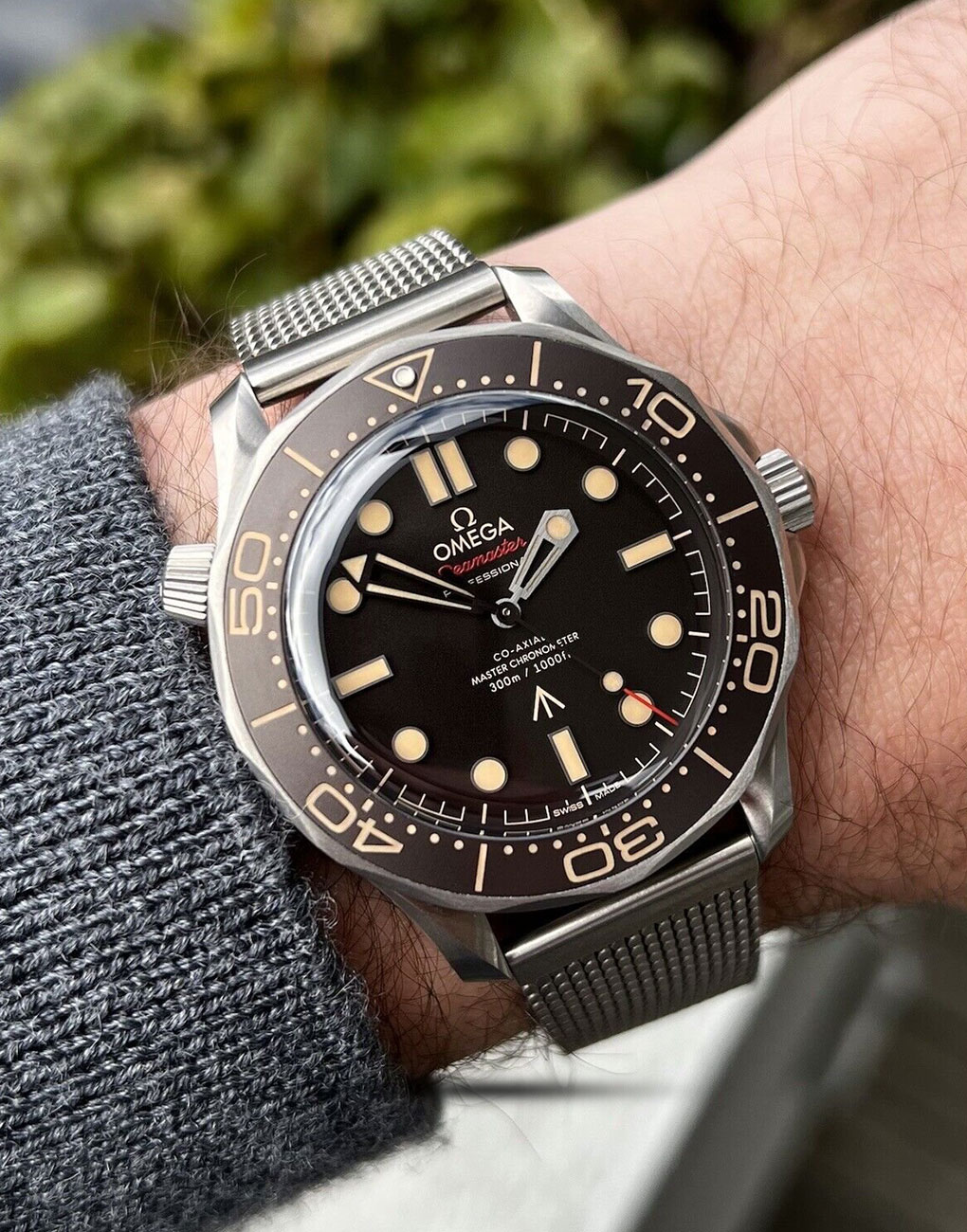
Beyond mere aesthetics, a watch’s glass serves as the protector of its delicate insides. Sapphire crystal, with its stellar scratch resistance and crystal-clear clarity, is a favourite among high-end dive watches. But while it remains largely unscathed from scratches, a substantial impact can be its nemesis. Acrylic glass, reminiscent of vintage watches, gracefully resists shattering but does accumulate scratches. The middle path would be mineral crystal. It strikes a harmony between scratch and shatter resistance. Ultimately, the choice depends on the user’s balance between durability, style, and budget.
In Conclusion
That wraps up part two of our ‘dive watch guide’. We hope this segment has shed light on the intricacies involved in choosing a watch that’s not only a statement of style but a reliable partner for your underwater escapades. Coming up in part three, we’ll submerge deeper into the essentials. From understanding the pivotal role of water resistance to decoding the function of that rotating bezel, there’s much to unravel. And for those of you who venture even deeper into the abyss, we’ll explore advanced features including the helium escape valve and depth gauge. Dive safe, and stay tuned!
ICYMI: Click here for the ‘dive watch guide’ part one


